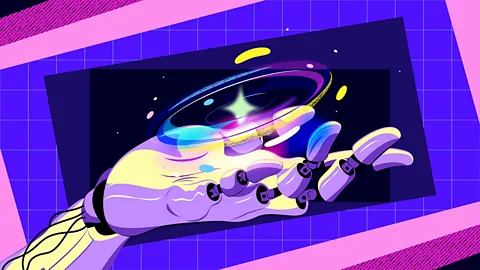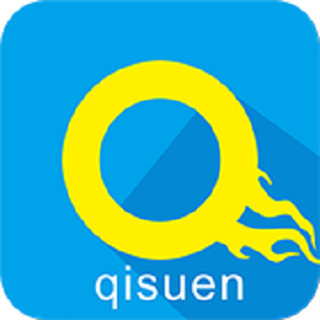AI是艺术终结者,还是创新催化剂?

Will AI algorithms and robots spell the end of human creativity and artistry, or can they be harnessed to augment our own creative potential?
When Marcel Duchamp proposed that a porcelain urinal be considered art and submitted it for exhibition in early 20th-Century New York, he flipped the art world on its head. He argued that anything could be considered as art, if chosen by the artist and labelled as such. It was a profoundly revolutionary thought which challenged previous notions of art as beautiful, technically skilful and emotive.
In much the same way, AI-created artworks are disrupting the accepted norms of the art world. As philosopher Alice Helliwell from Northeastern University London argues, if we can consider radical and divergent pieces like Duchamp’s urinal as art proper, how can something created by a generative algorithm be dismissed? After all, both were controversial at the time and contain objects that haven’t technically been created by an “artist’s” hand. “Historically, the way we understand the definition of art has shifted,” says Heliwell. “It is hard to see why a urinal can be art, but art made by a generative algorithm could not be.”
Throughout history, every radical artistic movement has been intimately connected to the cultural spirit of the era, a reflection of society’s preoccupations and concerns. AI is no different. But technological revolutions like artificial intelligence need not signify the “end of art” as many fear. Instead, they can help to kickstart an artistic transformation and move us towards totally different ways of seeing and creating, something Marcus du Sautoy, a scholar at the University of Oxford and author of The Creativity Code: Art and Innovation in the Age of AI, would contend. Humans are just as prone to behaving like machines, repeating old behaviours and getting bogged down with rules. “AI might help us to stop behaving like machines…and kick us into being creative again as humans,” says du Sautoy. He sees it as a powerful collaborator in the pursuit of human creativity.
There is historical precedence for new technology liberating us from our creative shackles. Take the invention of photography in the 1800s for example. Some artists saw the camera as the opposite of an artist, and photographs as the mortal enemy of the art establishment. But instead of replacing painting, photography became a driving force in the development of the experimental modern art movement of the 20th Century, as artists moved away from realism towards abstraction, a shift that paved the way for the contemporary art of today.
原创编写 版权所有 侵权必究! 每日更新 个性化阅读 英语飙升!
1. 5.Which title best summarizes the passage?(主旨大意)
A The Creative Partnership: AI and Art
B How AI is Redefining Art
C Art, Society, and Technology
D The End of Human Artistry

